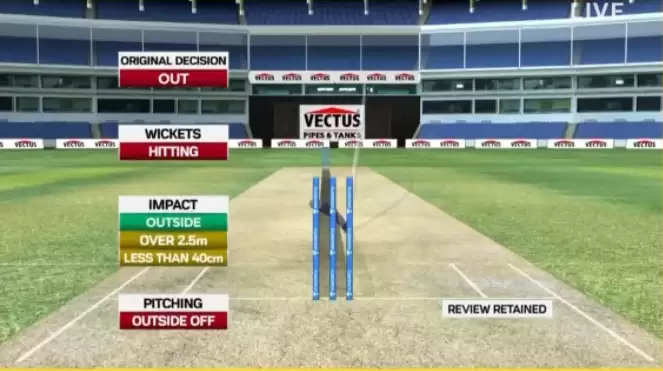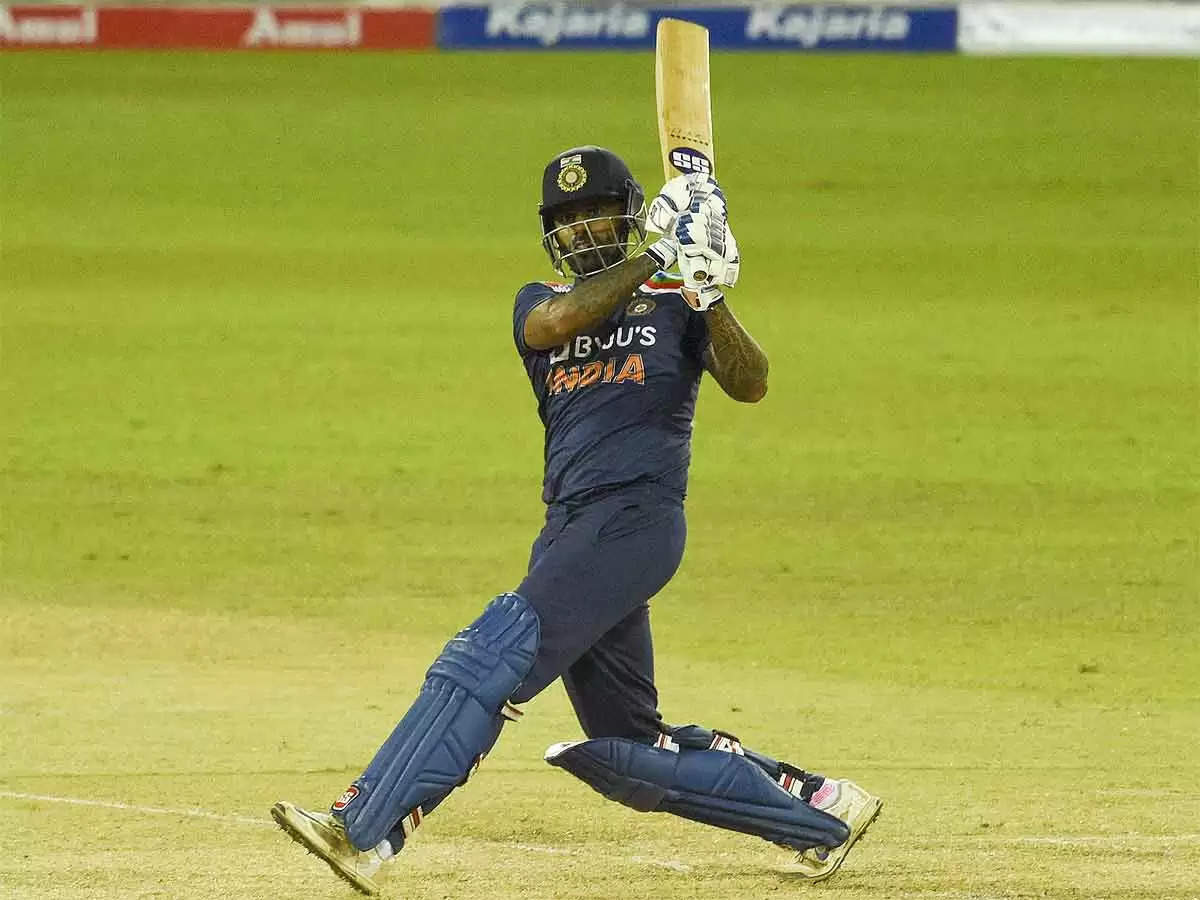How the DRS baffled the third umpire, Sri Lankans and Suryakumar Yadav in bizarre review during Sri Lanka-India ODI

Bizarre scenes were on display at the start of the 23rd over in the Indian innings before rain brought the proceedings to a halt in the third and final ODI against Sri Lanka in Colombo this Friday (July 22).
Indian batsman Suryakumar Yadav was given out on LBW by on-field umpire Kumar Dharmasena when a delivery from left-arm spinner Praveen Jayawickrama seemed to have struck him plumb infront.
After discussing the matter with his batting partner Manish Pandey, Suryakumar opted for a DRS review where the ball-tracking technology predicted the delivery to be hitting the stumps but the impact was just outside the off-stump with the distance between the point of impact and the stumps being 2.5 metres.

It would’ve been a straightforward call to give Suryakumar Yadav not out but third umpire Raveendra Wimalasiri ended up creating confusion on the field as he delayed his decision-making and continued to check the path of the ball despite the impact being clearly outside off.

A Suryakumar Yadav LBW review which left everyone puzzled
How the third umpire fueled confusion around the Suryakumar Yadav LBW call?
As Wimalasiri kept checking the track of the delivery, it raised the hopes of the Sri Lankan team keenly looking at the giant screen. They even jumped up to celebrate when they saw the ball hitting the stumps on the predicted path. Forgetting in their excitement, however, that it can’t be out as per the LBW laws if the ball has struck the batsman outside off stump.
Once he saw the Lankans celebrate, Suryakumar started walking back to the pavilion, before he was thankfully called back by the two on-field umpires, including Dharamsena, to resume his innings.
The bizarre incident also brought to light the 2.5 metres clause in the existing DRS arrangement. The rule first came under the spotlight when during the India-England 2011 World Cup game in Bangalore, visiting batsman Ian Bell was saved by this clause despite the LBW review showing ominous signs for him.
Bell was struck in line with the middle stump off a delivery facing Yuvraj Singh but umpire Billy Bowden turned down the Indians’ appeal, which forced captain MS Dhoni to opt for the review. Once the replay was unveiled on the screen, Bell started walking off, presuming he is about to be declared out. But Bowden’s on-field call was ultimately persisted with once the ball-tracking showed the distance between the point of impact and the stumps to be 2.5 metres.
The call only added to India’s displeasure about the DRS at the time. Dhoni was vocal in his criticism of the decision that the technology arrived at. But the then ICC CEO Haroon Lorgat said the 2.5-metre clause was added to the DRS only to avoid the howlers as the ball-tracking technology isn’t self-admitted 100% correct in asserting the predicted path.
In a simple definition, the clause says if the ball needs to travel to the stumps by a distance of 2.5 metres or more, the ball tracking doesn’t yet give a clear path of the ball. On such occasions, it makes sense to go by the on-field umpire’s understanding and expertise around an LBW decision.

